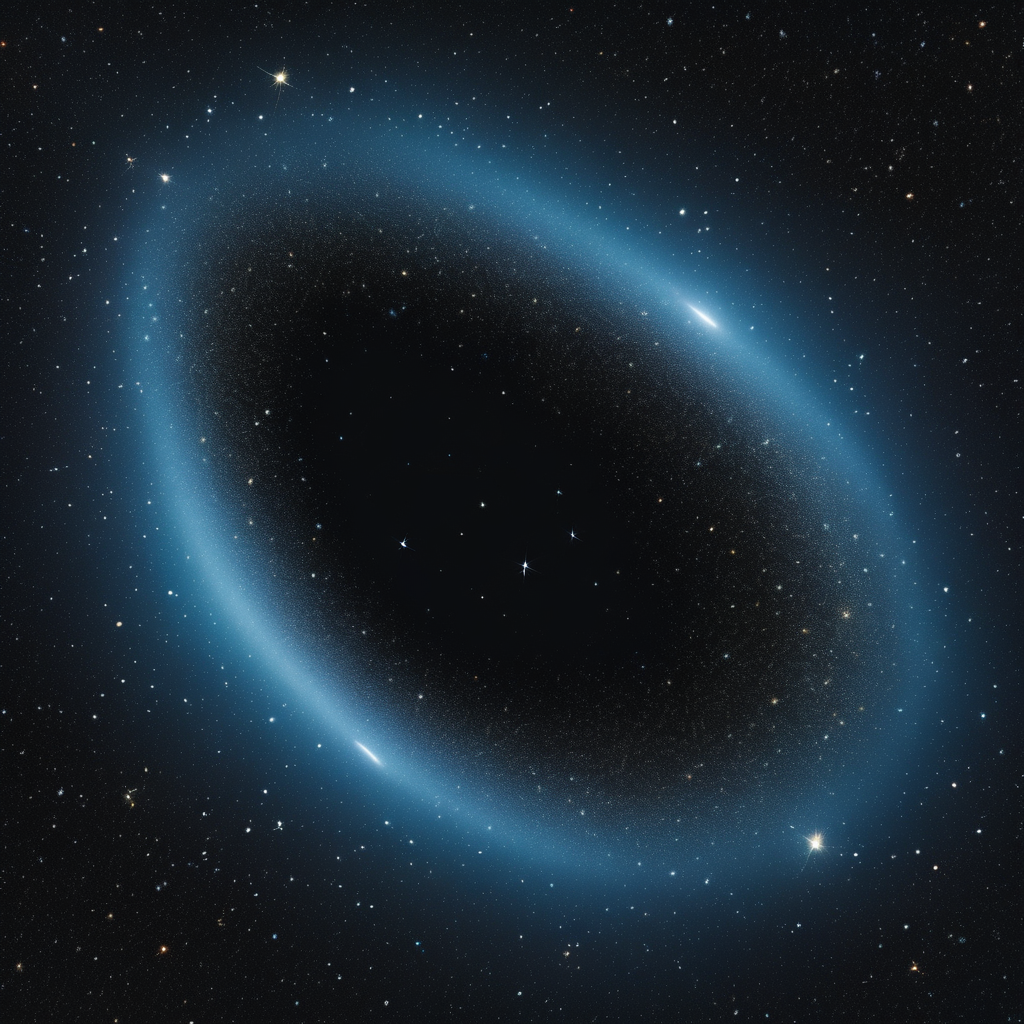NASA has unveiled stunning close-up images of the interstellar comet 3I/ATLAS, which is making a unique journey through our solar system. On November 19, 2025, images captured from Manciano, Italy, revealed the comet located approximately 190 million miles from Earth. This marks a significant moment as 3I/ATLAS, first discovered in July, has been observed multiple times since its arrival.
Initial images from early August showed the comet at a distance of 277 million miles, while a month ago, orbiters around Mars spotted it as a bright, fuzzy dot about 18,641,135 miles from the Red Planet. NASA’s Lucy spacecraft has also contributed to the research by capturing images of the comet using its L’LORRI imager, providing critical insights as the comet heads toward Mars.
3I/ATLAS is notable for being only the third confirmed interstellar comet to visit our solar system, presenting a rare astronomical opportunity that has captured the attention of many astronomers and enthusiasts. NASA’s acting astrophysics director, Shawn Domagal-Goldman, remarked on the excitement within the astronomy community, stating, “Everyone that is in control of a telescope wants to look at it because it’s a fascinating and rare opportunity.”
As the comet approaches its closest point to Earth on December 19, anticipated to be around 170 million miles away, it remains visible to those equipped with binoculars or telescopes. NASA’s spacecraft continue to track its trajectory as it navigates the solar system, with plans to cross Jupiter’s orbit in spring 2026.
The European Space Agency’s Juice spacecraft, destined for Jupiter, has also been monitoring the comet closely. However, data from these observations won’t be analyzed until February, as its main antenna is currently used to shield the spacecraft from the sun’s heat during its closest pass.
3I/ATLAS, which is estimated to measure between 1,444 feet and 3.5 miles across, is believed to have originated from a star system that predates our own, providing scientists a rare glimpse into the history of celestial bodies. NASA scientist Tom Statler expressed awe at this discovery, noting, “That means that 3I/ATLAS is not just a window into another solar system; it’s a window into the deep past.”
Despite speculation surrounding its unconventional journey, NASA officials have dismissed any rumors suggesting that the comet might be of extraterrestrial origin, reaffirming its status as a natural celestial object. The ongoing observations and studies of 3I/ATLAS promise to deepen our understanding of both the comet itself and the broader universe.
